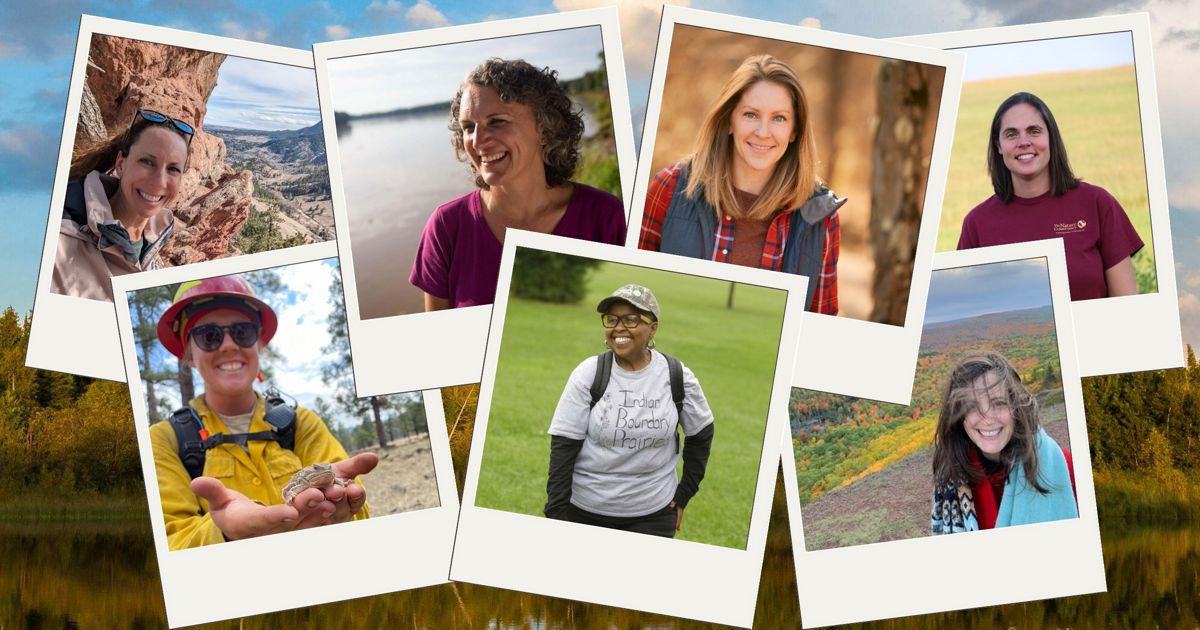
Marissa Ahlering loves to cheer for an underdog.
That’s one of the reasons why she loves the prairie. “Grasslands are so often overlooked,” she said. “I wanted to be a champion for something so cool that I feel like people don’t appreciate, because they don’t know it.”
Ahlering, the Director of Science for the Nature Conservancy’s Minnesota, North Dakota and South Dakota chapter, is based in Moorhead, Minnesota. She spends her days using science to answer questions to protect grasslands and solve problems for landowners wanting to be better conservationists.
Her work hasn’t been limited to the prairie. One day she found herself holding a plastic fork and knife in rural Kenya, digging into a monstrous pile of elephant poop.
You read that right. Elephant poop. Droppings from elephants can tell scientists a lot about these elusive animals’ movements and genetics.
But eventually, Ahlering was called back to the Great Plains, drawn to the grassland birds that she fell in love with during her grad school research at the University of Missouri. Threats to grassland birds like Baird’s sparrows and grasshopper sparrows have grown more intense thanks to habitat loss, climate change and other pressures. Ahlering’s work at TNC now helps to protect these critters.
“Knowing that they are struggling so much is one of the things that drives me to keep going sometimes,” she said.
Ahlering, who has been with TNC since 2010, said we still have a long way to go in achieving gender equity in conservation. Although more women are moving into the conservation space, she said, it can’t be taken for granted. Her advice to young women and girls interested in getting involved in conservation: Reach out to experts you look up to.
“I think people are often very willing and happy to share advice and make those connections,” she said.
Diversity in the conservation field is just as essential as diversity is in nature.
“Having different perspectives thinking about the same problem is going to produce different solutions. That’s why diversity is so important in all the things we do in conservation.”
